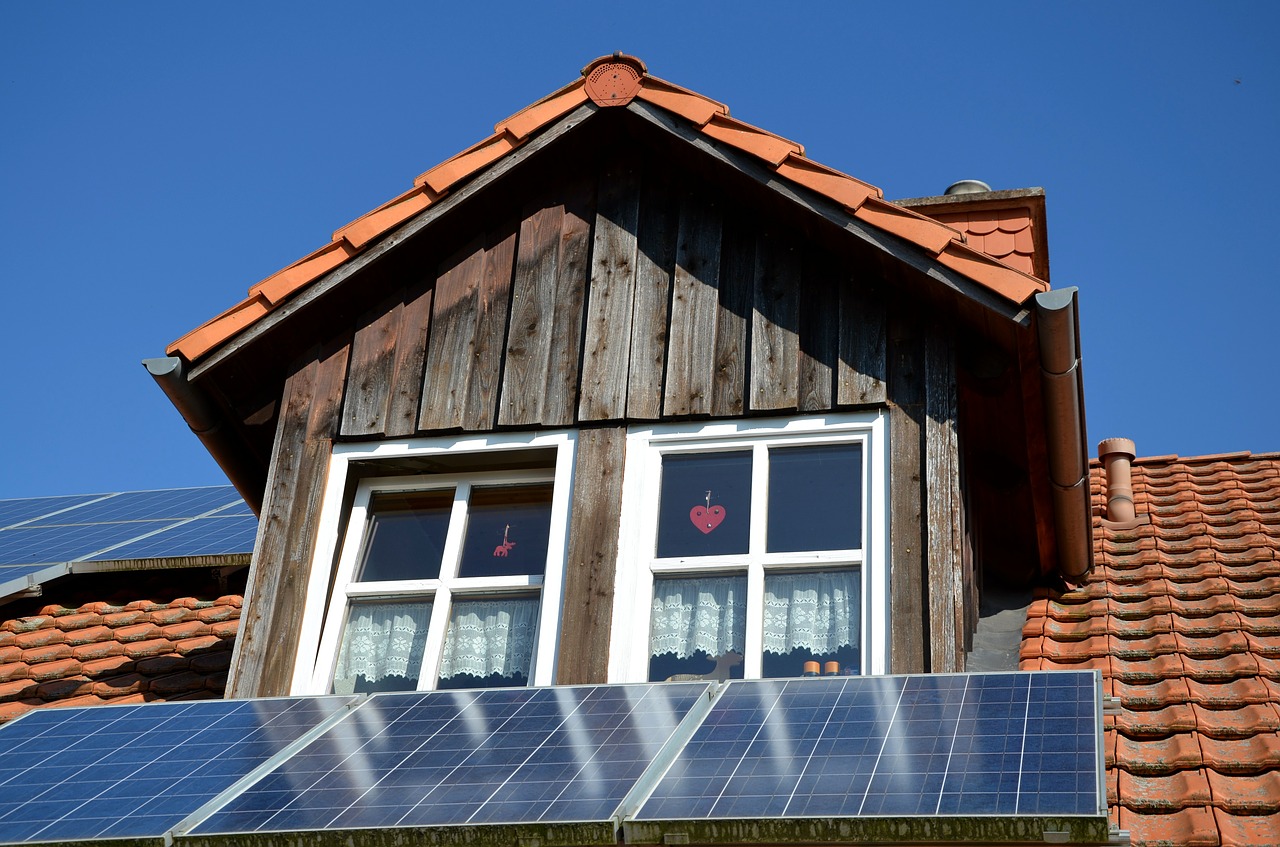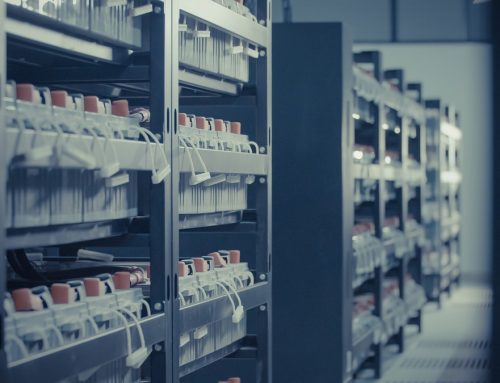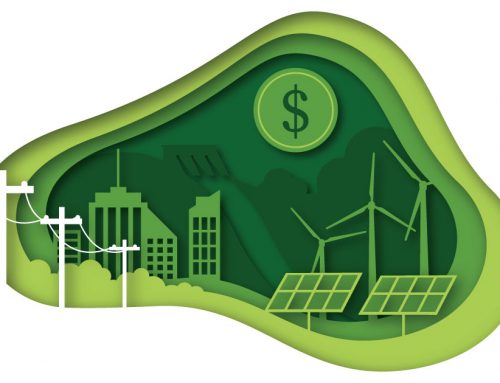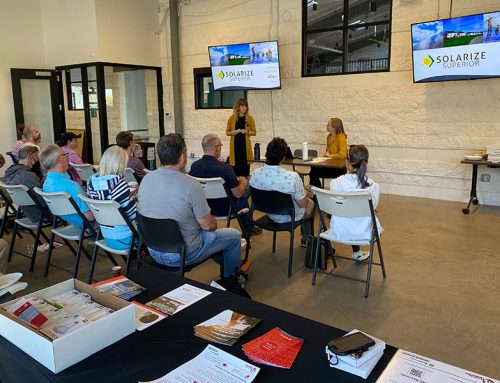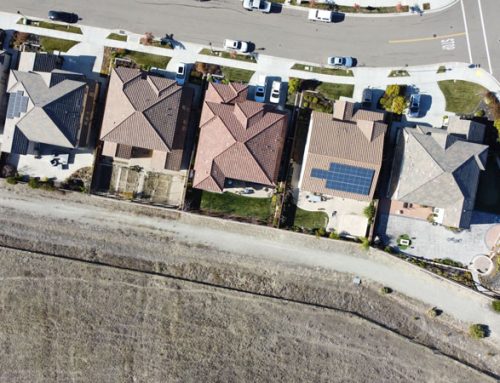Solar Energy International’s Solar Forward program adapts the Solarize model with an off-grid program
CRESTONE, CO – When March 2020 hit, rural, isolated communities did not have the luxury of being shocked by the COVID-19 pandemic – they had to take action immediately. And with the imminent threat of climate-change related natural disaster, under-resourced communities recognize COVID-19 as being only the beginning of what to expect in the coming years.
The global health crisis highlighted an ongoing, pressing need for many rural communities–resiliency. Resiliency for both the local economy, and for basic needs like electricity. It is for this reason the rural, isolated town of Crestone, Colorado, decided to virtually launch an innovative off-grid Solarize program (an outreach-centered solar adoption campaign which typically focuses on grid-tied solar adoption), this summer, even in the height of a global pandemic.
In Crestone, two of the central goals of their campaign also proved to be two of the biggest innovations for the typical ‘Solarize’ model. Their priorities were to have an off-grid component to the campaign, and in order to truly support the local economy and create local job opportunities, there had to be a training component as well, because there was only one solar installer in the region.
The program is led by an organization called Crestone Baca Resiliency (CBR) under the guidance of Solar Energy International’s Solar Forward program. Solar Forward provides free technical assistance in the form of both coaching and a ‘toolkit’ to local community groups, nonprofits, or government departments interested in meeting sustainability goals for their region, to help these groups implement a Solarize program in their rural community.
CBR is a grassroots, volunteer organization committed to implementing their community’s vision of resiliency by 2022, with specific goals in the areas of energy, water, food, governance, community development, affordable housing, and a paradigm shift. This organization recognizes that if a crisis struck their community–whether it be natural disaster, infrastructure-related or otherwise, with their isolated position at the foot of the Sangre de Cristo mountain range, they would have limited resources beyond their immediate location to aid residents. The crisis of the pandemic was exactly along the lines of what their organization had been anticipating since their inception in 2017.
The Solarize model originated in Portland in 2009 and, according to Solar Oregon, the first Solarize campaign started with one resident in Southeast Portland who wanted to install a solar system, but didn’t know how to get started. Solarize was developed to organize neighbors to “go solar” together, so that they could collectively make an informed purchase, and even negotiate a volume discount.
The Solar Forward team engaged a team of industry experts, including one of the installers first involved in Portland Solarize, to work with local installers on a new pricing strategy to accommodate off-grid systems in Solarize Crestone. The program is still underway, but after a successful virtual launch, local installers have been busy with an uptick in leads.
Additionally, by bringing in outside installers for support, the local solar installer could safely grow their business in a sustainable way without being overwhelmed. SEI supported the program by sponsoring a group of local community members with industry-leading solar design and installation training for free, in the hopes that they can be hired by the local installer, or form their own installation company in the valley after the kickstart of the market. These trainees will be able to shadow installations made through the program.
In rural communities where there aren’t any existing solar installation companies, SEI training is coupled with SEI Professional Services to ensure new installers and installation businesses reflect quality standards across the industry.
Although the Solarize model wasn’t specifically designed for rural communities, it can still benefit local solar markets in rural areas. However, in order to ensure the effectiveness of Solarize when being adapted, it is critical to engage all program stakeholders in the conversation, especially installers, program coordinators and local utilities. Bringing in industry experts with years of bulk-purchase and solar pricing experience also allow for innovation in the Solarize model to accommodate for specific needs–like resiliency through battery-based and hybrid PV systems.
Learn More and Participate in Solar Forward
The Solar Forward program was born out of a prevalent problem in Western Colorado, and nationwide: As communities transition from coal-dependent economies, there is a need now more than ever to diversify local economies and build sustainable solutions for the future. Solar creates new local jobs, and locally-produced energy helps keep money in the communities that need it the most.
SEI is now accepting applications for the 2021 cycle by the end of 2020. For more information, contact the Solar Forward Program Manager Mary Marshall at [email protected] or call 970-527-7657 extension 116.
About Solar Energy International: SEI was founded in 1991 as a nonprofit educational organization with the mission to provide industry-leading technical training and expertise in renewable energy to empower people, communities and businesses worldwide. SEI envisions a world powered by renewable energy.
###

